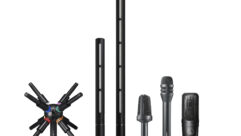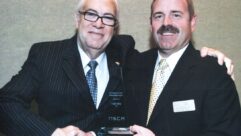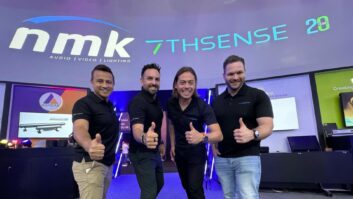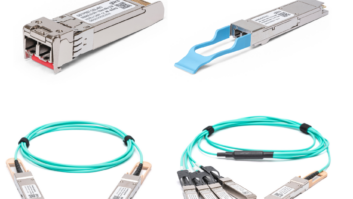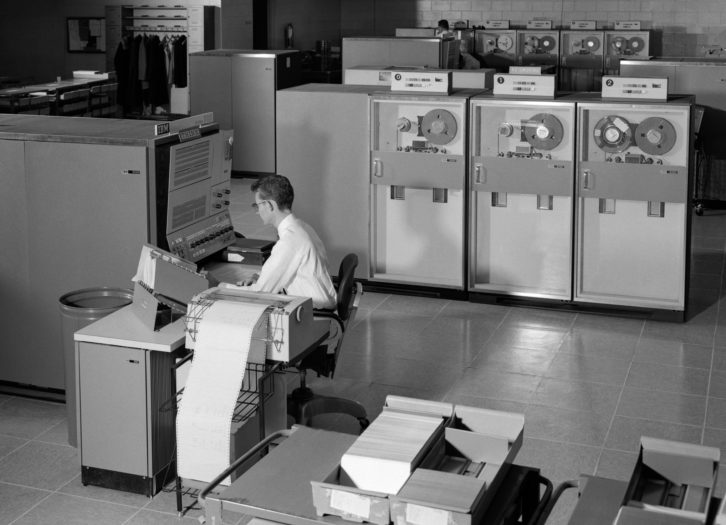
CNN is reporting an urgent need for COBOL programmers.It’s the latest coronavirus shortage, and it’s clogging up the unemployment works.
Just when you thought AV tech was old school, we are reminded of what old school really looks like–and it’s your state.
These outdated systems translate to a painful personal cost for hundreds of thousands of people who are trying to secure the unemployment benefits they paid for. As taxpayers, we are reluctant to invest in new systems–I get that. And this was unforeseen, especially after a decade-plus employment boom. But–and we’re all familiar with this in AV–there comes a time when a system is held together with dust and duct tape, and when you disturb the dust, it fails.
In AV, we are also familiar with that moment when a long-forgotten skill suddenly becomes relevant and the only person who can save the day is the one who can drive an E-meter or a TS1. No one at Facebook can help. This appears to be one of these times.
As reported in numerous outlets, New Jersey Gov. Phil Murphy has put out a call for volunteers who know how to code the decades-old computer programming language called COBOL because many of the state’s systems still run on older mainframes. This as unemployment claims in the state spiked off the graph to 206,000.
It’s not just New Jersey, so if you have these skills you will be popular.
In Kansas, Gov. Laura Kelly said the state’s Departments of Labor was in the process of modernizing from COBOL but then the virus interfered. “So they’re operating on really old stuff,” she said.
Connecticut is struggling to process the large volume of unemployment claims with its “40-year-old system comprised of a COBOL mainframe and four other separate systems.”
CNN reports that the state is working to develop a new benefits system with Maine, Rhode Island, Mississippi and Oklahoma. But the system won’t be finished before next year.
COBOL, which stands for Common Business Oriented Language, is a computer programming language that was developed back in 1959, according to the National Museum of American History.
So just the fact that it’s in a museum tells you everything you need to know. Indeed this is the language I watched my dad use in the ’70s when I went to work with him as a little kid; If it helps, he’s also fluent in FORTRAN from when it was still all caps.
COBOL hasn’t been taught in university for decades, most the people who know it are…not the demographic you want out in the world at this moment. Hopefully there are some heroes among them.
However, we may not realize it, but huge chunks of our lives do apparently run on COBOL. CNN reorts that a 2017 report by Reuters found that there are still 220 billion lines of COBOL in use today. 43% of banking systems are built on COBOL and 95% percent of ATM swipes rely on COBOL code.
CNN also points out that many government agencies–not just unemployment–run on COBOL–agencies including as the Department of Veterans Affairs, Department of Justice and Social Security Administration, according to a 2016 report by the Government Accountability Office.
In a 2018 report by the inspector general for the Social Security Administration the IG found that the code was minimally maintained and urged the agency to modernize. It’s not modernized.
IBM still does a brisk and growing trade in modern mainframes. But governments don’t have modern mainframes. IBM foreshadowed this very problem with the COBOL skills gap last fall in this blog post.
So add this to the list of of systems and opportunities that may be coming in pretty short order, if we have any money left. In the meantime, dust off your COBOL if you know it ,and come on out of retirement. I’ve already called my dad and let him know.
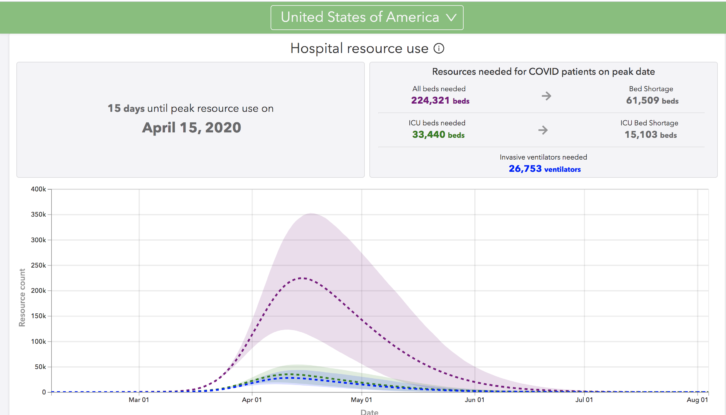 State by state prediction of curve and timing of COVID-19
State by state prediction of curve and timing of COVID-19


